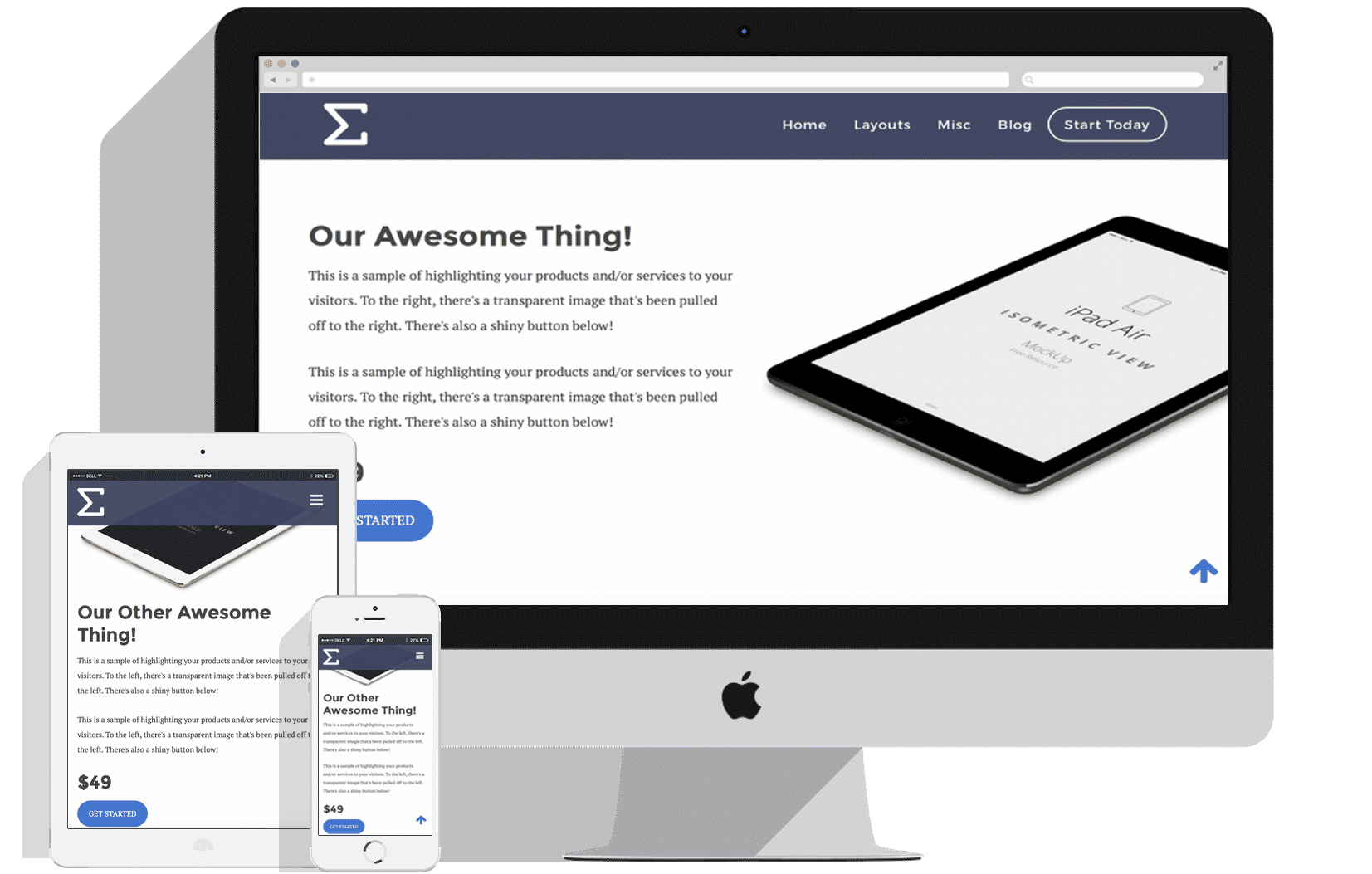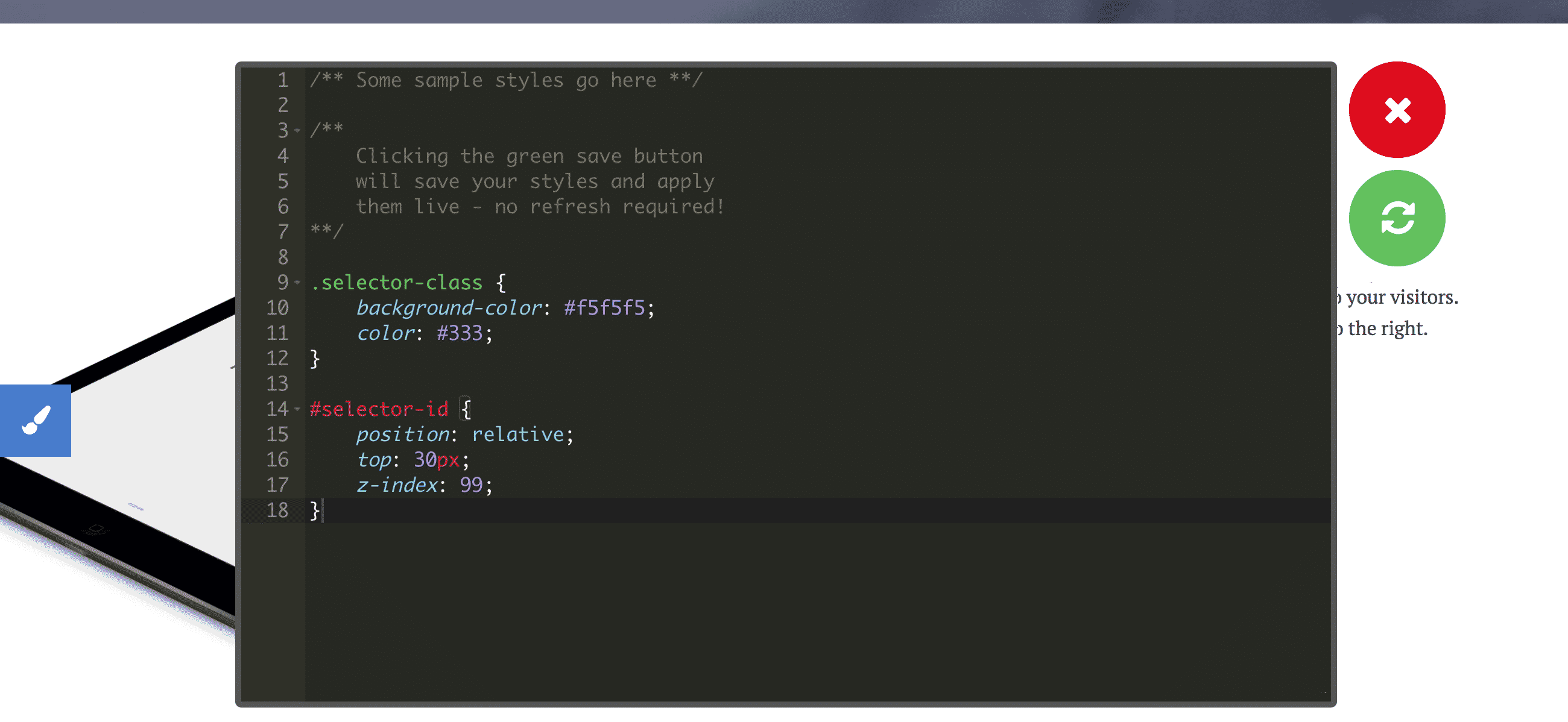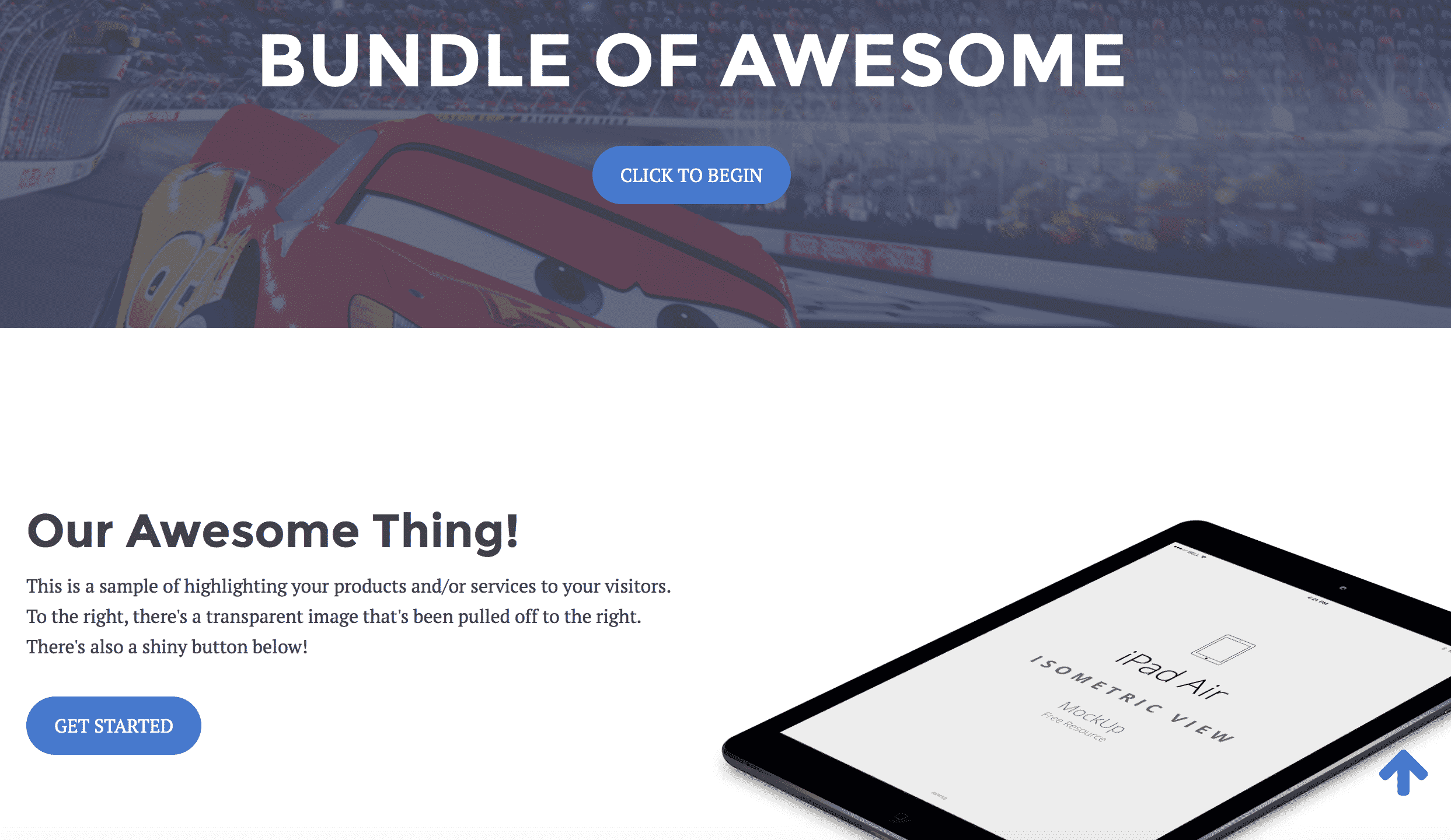Summation sums up some of the best features you can get in a Genesis child theme! Not only does it include a slick design out of the box, but it also comes with some very nifty features.
Live CSS Editor
Editing CSS files is not a difficult thing to do if you are savvy enough to fire up a FTP client, find the correct file, download it, edit it, then re-upload. Then again, this can be a hassle, especially for quick, minor adjustments.
Summation includes a live, front-end CSS editor that lets administrators enter their custom styling, see its effects in real-time, and save it. When you save your styles using the live editor, the CSS is saved to your database as a theme modification, which allows it to be easily retrieved, edited, or removed, all without needing to touch a FTP client.
Theme Settings
Themes that come with dozens and dozens of options are opposite to what the Genesis Framework is about. Genesis is a minimal, lightweight framework, and the more options that are introduced into themes, the more bloated they become. However, a few properly thought-out options can be very useful, and can save a lot of time. Summation includes a handful of such settings.
- Enable the front-end CSS editor. Don’t want to use this feature? Simply disable it, and none of it will be loaded.
- Enable Genesis author box. This displays an author’s bio on single posts.
- Front page widgets. Unique to Summation, users can define how many front-page widgets they need, without needing to modify PHP files.
- Custom footer. Easily insert your own text and HTML (shortcodes supported) into the footer.
- Social share buttons. There are countless plugins available for WordPress to add social sharing buttons to your website. Many of them are bloated; they add tons of options to the database, and load numerous JavaScript files. The sharing buttons in Summation are as minimalist as it comes – no JavaScript, and only a couple settings. Enable various sharing buttons on different post types, and even disable them on a per-post basis.
- Customizer options. Include front page images, logo and favicon support, various color settings, and more.
Responsive Design
Out of the box, Summation looks great! The design is responsive in every way.
Under the Hood
I LOVE clean code… I love it! Code should be organized, modular, lean, and well documented. I like to believe that Summation is all of the above. Here are some technical features with Summation:
- Sass. Summation’s styling is written in Sass, a CSS pre-processor that extends the CSS syntax.
- Minimized and compressed assets. Most JavaScript files have been minified, and concatenated into a single
project-min.jsfile. This means that your server loads only one JavaScript file, and that it’s as small as possible. Most Sass files are compiled into one minified stylesheet, which also reduces the load on your server (front page styles are loaded in a separate file, only on the front page). Lastly, all included images have been compressed. Together, this reduces the time it takes your website to load, which enhances search rankings (people like fast websites)! - Helper classes. Included in the styling of Summation are a number of helper classes, and a few useful Sass mixins. Helper classes will help give your HTML some pre-defined styles, such as text alignment, font weight, image positioning, and more.


